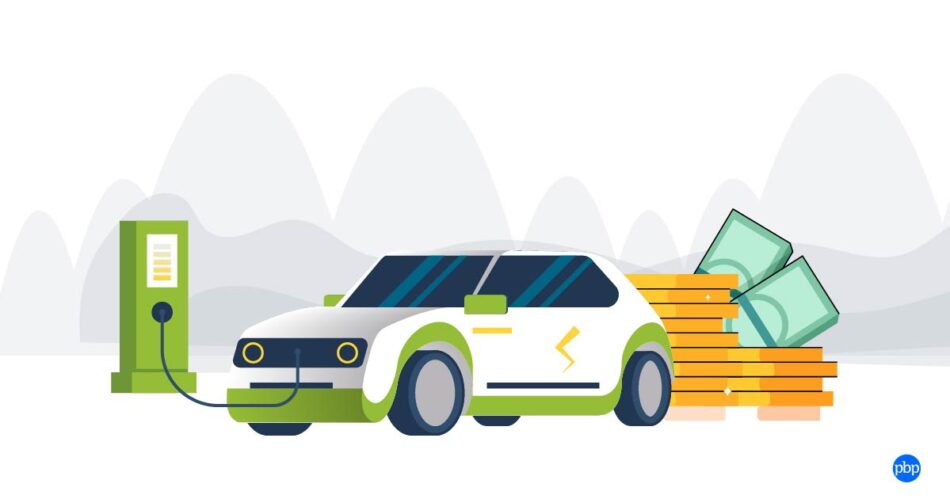When it comes to filing income tax in India, there are several sections that allow taxpayers to save on their tax liability. One such section that has gained attention in recent years is Section 80EEB of Income Tax Act. If you are planning to buy an electric vehicle (EV) or have already taken out a loan for one, this section could help you save a significant amount on your taxes. Let’s break it down in simple terms.
What is Section 80EEB?
Section 80EEB was introduced in the Income Tax Act to encourage the adoption of electric vehicles in India. It provides tax benefits on the interest paid for loans taken to purchase electric vehicles. Essentially, the government is promoting a greener, more sustainable future by offering taxpayers a way to save money while contributing to a cleaner environment.
Who is Eligible for Section 80EEB?
Not everyone who buys an electric vehicle can claim this deduction. The eligibility criteria are straightforward but specific:
- Loan must be taken from a financial institution or bank – Personal loans from friends or family do not qualify.
- Vehicle should be a new electric vehicle – Only new EVs are eligible; second-hand electric vehicles do not qualify.
- The loan must be sanctioned between specific dates – Usually, the Finance Act of the year specifies the applicable period for loans eligible under this section.
- Individual taxpayers only – Companies or HUFs (Hindu Undivided Families) cannot claim this benefit.
If you meet these criteria, you can claim a deduction of up to ₹1,50,000 on the interest paid on the loan for an electric vehicle in a financial year.
How Does the Deduction Work?
Here’s an example to make it simple:
Suppose you have taken a loan for a new electric vehicle, and the interest payable for the year is ₹1,20,000. Under Section 80EEB, you can claim a deduction of ₹1,20,000 from your taxable income.
This means, if your total taxable income was ₹10,00,000, it will now be reduced to ₹8,80,000 for tax calculation purposes. The lower your taxable income, the lower the tax you have to pay.
It’s important to note that this deduction is only for the interest portion of your EMIs, not the principal repayment.
Documents Required For Section 80EEB
To claim Section 80EEB benefits, you typically need:
- Loan sanction letter from the bank or financial institution
- Interest certificate issued by the lender
- Invoice of the new electric vehicle
- Form 16 or income proof for filing your taxes
Having these documents ready ensures that your claim is smooth and hassle-free.
Why Section 80EEB Matters
With the Indian government pushing for electric mobility, Section 80EEB is a significant incentive for taxpayers who want to go green. Apart from contributing to environmental sustainability, this section also reduces the financial burden of purchasing an EV.
For taxpayers who are already environmentally conscious or planning to buy their first electric vehicle, this section is a win-win: you get tax savings while supporting India’s green initiatives.
Final Thoughts
Section 80EEB is a simple yet effective tool for Indian taxpayers looking to save on their income tax while embracing clean energy. By understanding the eligibility criteria, knowing how to calculate the deduction, and keeping your documents ready, you can easily make the most of this benefit.





